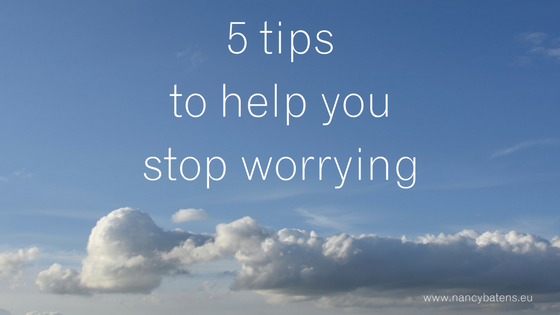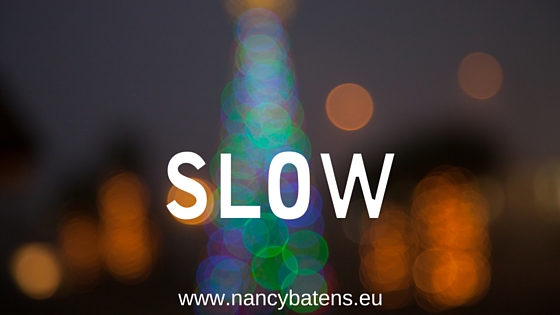Years ago I wanted to start a postgraduate in mindfulness. This meant attending a class once a week (not necessarily always the same day) for 1,5 years.
At the time I was working for 3 contractors, delivering training all over Europe.
Going back to study would mean that I would be less flexible to travel.
You can imagine I was not too keen on sharing this information with my ‘employers’. For weeks, possibly months, I was going through scenarios in my head:
- They will be upset
- They will not want to work with me anymore
- I won’t be able to make a living anymore
- …
These were the most important ones, but of course the scenarios where in full colour and with lots of details.
After a while I finally decided to go for it and I told them. And guess what. All three of them said… ‘OK’. That’s it… Nobody upset, work kept on coming in and not much changed. So… I worried and got stressed for nothing.
Has this happened to you?
Worrying, fretting, brooding, …?
I’m pretty sure it has…
But why do we do this?
Actually our minds are ‘programmed’ this way: to help us survive in a world full of danger. This is great in case of ‘real danger’ but not so good when it comes to ‘worrying’ about ‘possible’ danger… Because thinking that something bad is going to happen is enough to activate the stress response… And is that what you want? I don’t think so…
So what can you do about it?
- Be aware that you are worrying. You can only do something about it if you know that you are doing it … Mindfulness can definitely help: becoming aware of your thoughts, your feelings and the sensations in your body. Too often we are on the automatic pilot. Stopping and landing (see tip 4 further ahead) will help you to get better at noticing.
- If it makes you feel better, set aside specific times during the day to engage in worrying. Set a timer and look for solutions, so it becomes productive. When time is up, you have to stop worrying. If you catch yourself worrying at other moments of the day: take note of the topic and … keep it for the next session. Don’t plan these sessions too late at night so they don’t interfere with your sleep. Also, make sure to do a relaxation exercise afterwards…
- Analyse your worrying: can the ‘problem’ be solved? Is it under your control or not? I like the concepts of Byron Katie: Is it my business, your business or God’s business?
- Stopping and landing. When losing yourself in your thoughts, it can help to come back to the here and now by focussing on your breathing and/or your body. You don’t need any fancy apps for this… Take a seat, notice how you’re sitting on the chair, feel your feet on the ground, your straight back and bring your attention to your breathing. Where do you notice your breathing in your body?
- Think of your thoughts as clouds in the sky. There are big clouds and small clouds. They can hang low or very high. And one thing they have in common: they will not stay there, they will pass by. Imagine you are lying in the grass, or on the beach. You are looking straight up and you see the clouds. And you observe them, without turning your head to follow them… Now you see them, now you don’t. If you’ve practiced the previous tips and they don’t work as well as you would like, it can help to look at your worries in the same way: from a distance, not engaging, not ‘following them’ (=getting into them). And trusting that they will pass. Always.
Was this helpful? Please share it with a friend!
I’d love to read your comments below.
If you liked the above, you can sign up for more Tips & Tricks here. Looking forward to hearing from you!
There is also the free mini-course: Don’t believe everything you think… Check it out here!



